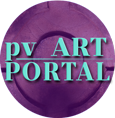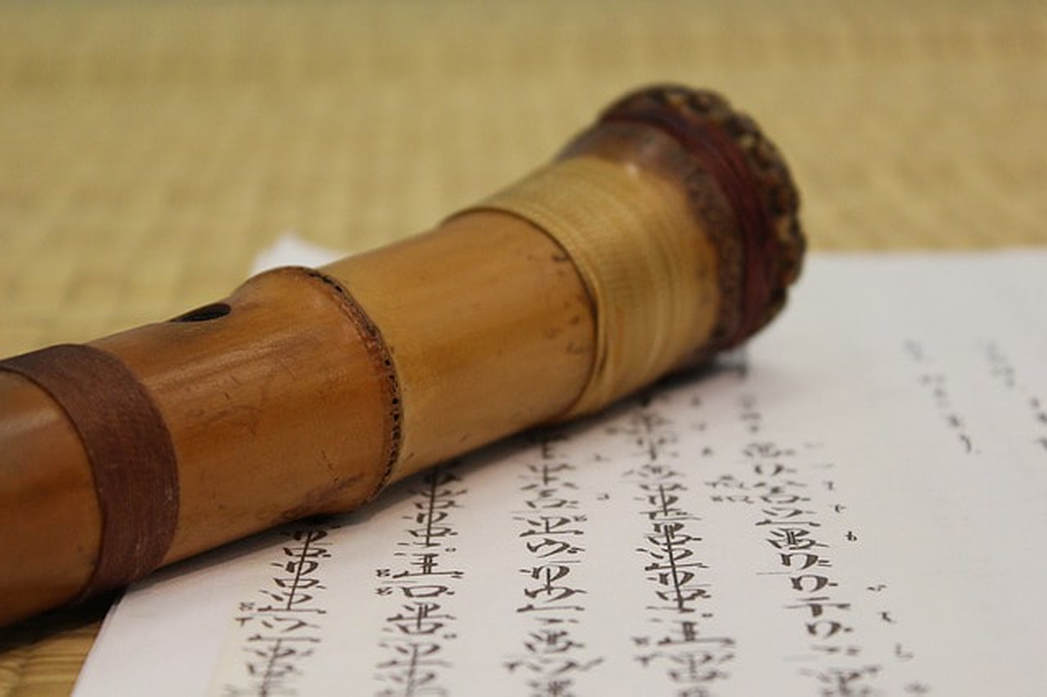|
There is nothing accidental in Japanese calligraphy. It is harmonious, proportional and balanced in its beauty. “Calligraphy is the most intimate, private, and spontaneous expressive means. Like a fingerprint or voice, it is unique with every person.” Hermann Zapf Calligraphy (shodo:"the path of writing") is the most common art form in the East. This is a national passion, a common aesthetic nature, nurtured in Japanese and Chinese people from a very young age. Brilliant calligraphy can be found in China and Japan anywhere and in any historical period.
This sophisticated type of writing appeared in ancient China. In medieval China, outstanding calligraphic abilities were an indispensable means for achieving the highest career: excellent handwriting was one of the most basic and highest requirements for state exams. Therefore, those who passed the imperial palace examinations have necessarily mastered the incredibly complex art of calligraphy. Shodo - the "Path of Calligraphy" continued its way from China further to Japan. In Chinese calligraphy, the main thing is energy, inner strength of the brush ... The main thing here is the sense of a brush touching a paper ... In Japanese calligraphy, the external power of the brush stroke is crucial and the main thing is not a touch, but a gesture, a dance. In contrast to the functional and practical European writing, the hieroglyphs of the Japanese language, in addition to informational, perform a huge number of other tasks. With a few movements of the brush, an experienced master can fix a fleeting mood, rhyme a stanza that flashed through the enlightened consciousness and in an instant create an artistic object worthy of in-depth contemplation by many generations ... ''Four Jewels of the Study'' This was how the four main “tools” of calligraphy were respectfully called in ancient China. Masters paid great attention to the choice and careful use of these items. These are a brush - fude, an inkstone – suzuri, an inkstick - sumi, and mulberry paper - washi. Mastering calligraphy includes the study of basic writing skills in a different stylistic manner, the history of calligraphy and the theory of hieroglyphics and the acquaintance with traditional Japanese culture and language through calligraphy. There are three different writing styles for hieroglyphs: Kaisho - "regular script" - when one line is written after another. After completing the line, a brush is necessarily taken off the surface of the paper. Lines are written clearly, in a confident manner. Hieroglyphs come out angular, square in shape. This style outwardly resembles the signs of the alphabet "katakana"; it is rarely used in everyday life, it is most closely in character with the typographic signs used to print books and newspapers in Japan. Gyōsho - "semi-cursive" - faster writing. The lines are smoother, rounded, approaching the style of the hiragana alphabet characters. Sōsho - "cursive" - fast, rapid writing (in several strokes), in which the lines of the letter are less clear and the brush is practically not taken off the paper in the process of writing. In the 21st century, under the influence from the outside, as well as domestic Japanese cultural innovations, avant-garde techniques, abstract and decorative motifs, transforming ideas and aesthetic perception of this traditional Japanese art form, started increasingly penetrating calligraphy. The winds of change that are now blowing over Japan did not pass by this area of Japanese culture. Increasingly, calligraphic works that can accommodate a lot of mood shades: admiration, sadness, happiness, bliss, are used as a modern element of interior design, stylized to the demands of the new times, satisfying the most sophisticated tastes of seekers of modern extreme aesthetics outside Japan.
0 Comments
Leave a Reply. |
AuthorPhoenix Voyage Creative Team Archives
October 2019
Categories |


 RSS Feed
RSS Feed
